This post is also available in: Croatian
Once again, the Supetar Tourist Board has totally proven that it has no competition when it comes to combining tradition with modernity. It very successfully branded the destination in a gastronomic sense through the “Unlocking the taste of Brač” project by showcasing the skills of the masters of Supetar’s kitchens worthy of Michelin recommendations on our plates. Those incredible dishes were equally inspired by the old recipes of Supetar grandmothers as they were by modern fine dining. Supetar’s gastronomic successes also seem to have been reflected in other segments of its overall tourist offer, so locals decided to prepare their guests a true feast for the soul this time.

Don’t get us wrong, we’re not for a second suggesting that you bypass the magnificent restaurants and taverns in Supetar, we’re merely saying that this time – we’re going to feed your senses with picturesque sights, landmarks and stories deeply woven into the very identity of this utterly idyllic destination.

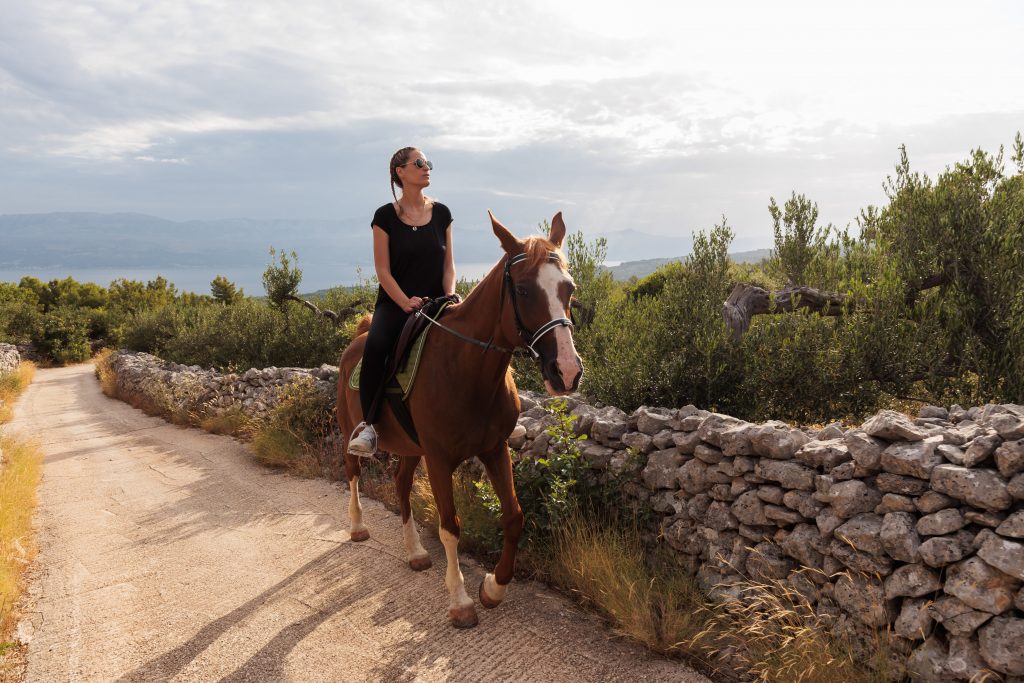
We’ll take you along four impressive themed trails, which (after all, we’re talking about the masters of combining the traditional and the modern here!) are additionally equipped with all of the advantages of modern technology for an even more realistic experience. Above the quaint village of Splitska, in picturesque, peaceful Mirca and in the town of Supetar itself, intriguing reliefs await us boasting untouched nature, liquid gold from right here on the island, and none other than the father of modern Croatian sculpting, Ivan Rendić, and the greatest Croatian poet of the 20th century, the marvellous Tin Ujević!
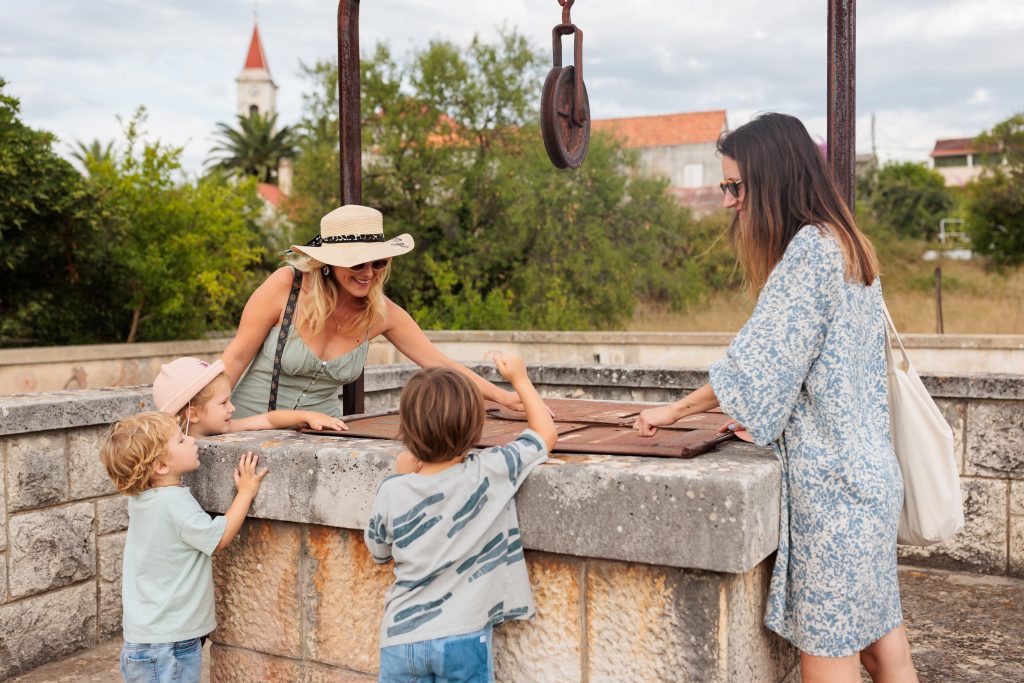
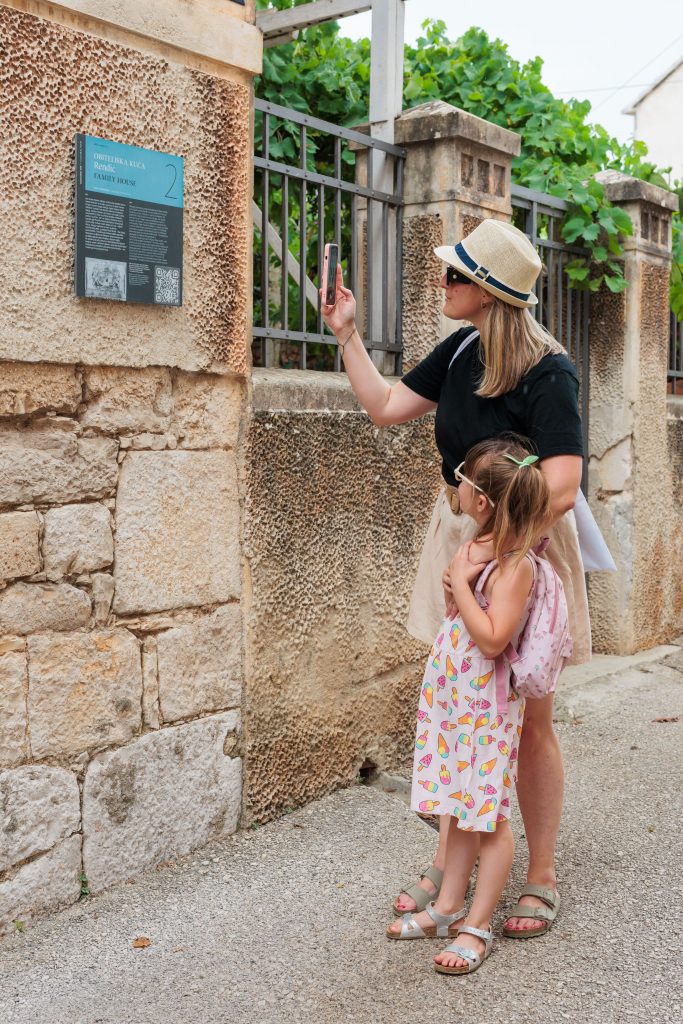
Stone that enjoys global fame – To arouse even more intrigue regarding the remarkable story of Brač stone from the Roman era (it adorned the incredible Diocletian’s Palace, as well as the lobby of the UN building in New York, part of the White House in Washington, and the parliament buildings in both Vienna and Budapest!), we’ll begin along a 1.1 kilometre themed trail. It starts at the bottom of Splitska’s horseshoe shaped little harbour and leads to the Rasoha quarry itself.
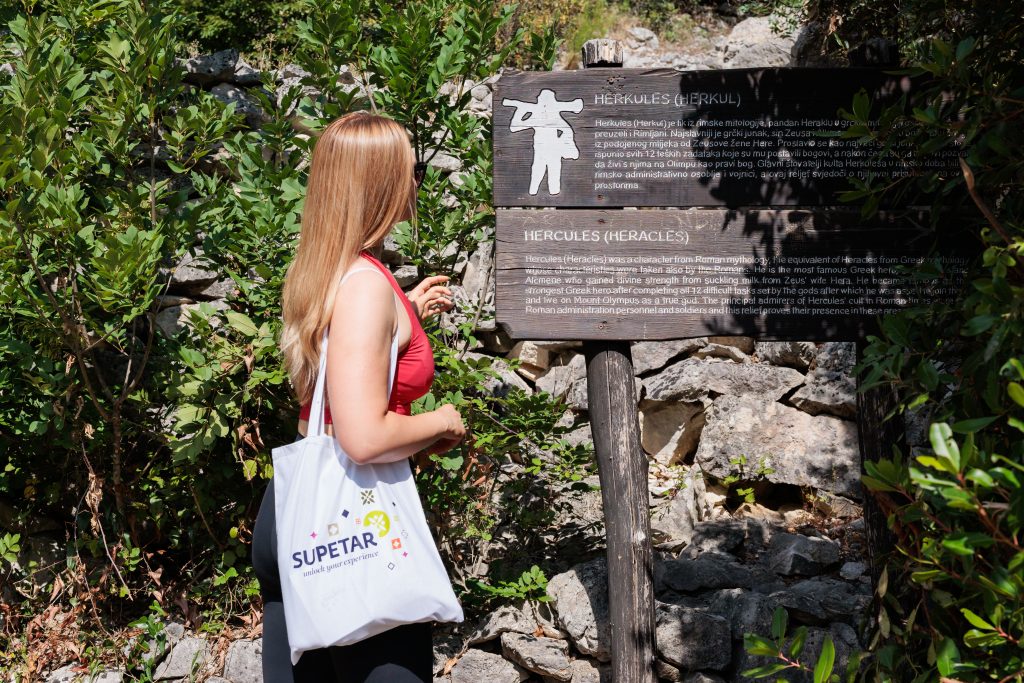


This is otherwise one of several Roman quarries (alongside those in Plate and Stražišće) that are located above the beautiful settlement of Splitska, a mere kilometre away from the sea. It’s the perfect environment to sit back and relax with a favourite book while enjoying the idyllic natural environment.

No book? No problem! Taking in the interesting 80 cm relief of Hercules carved into the rock is also an option. Hercules has been standing alone here for years, so why not snap a few photos of him for social media? We’ll be more than happy to explain to any curious followers that his disproportionately large hands are a symbol of his exceptional strength and the dogged determination of human will. It’s no wonder that hardworking stonemasons adopted him as their protector!
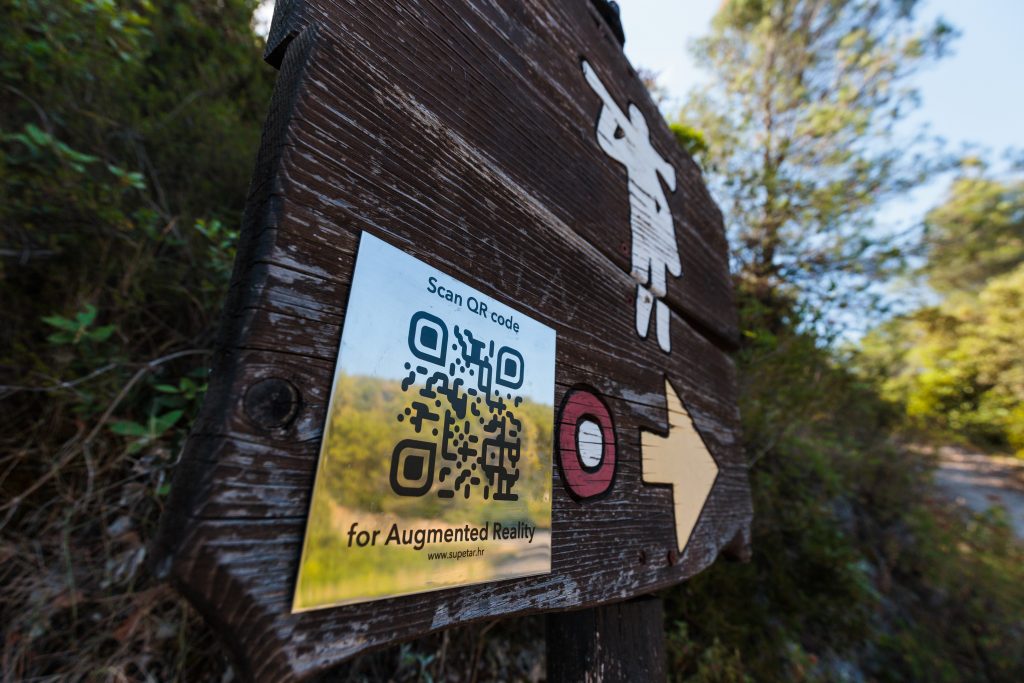
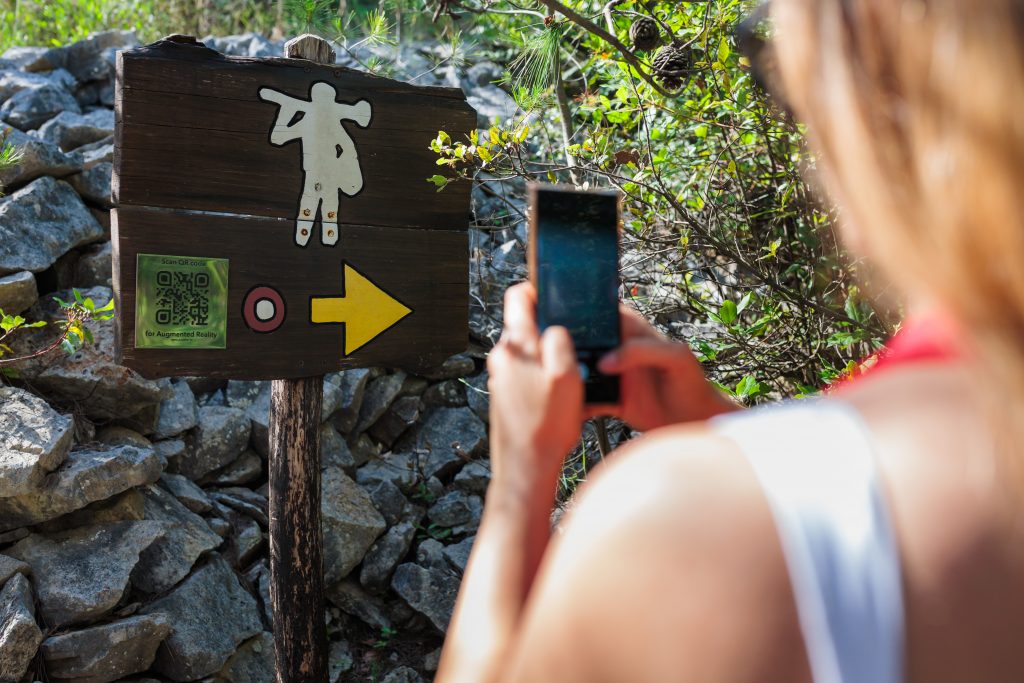
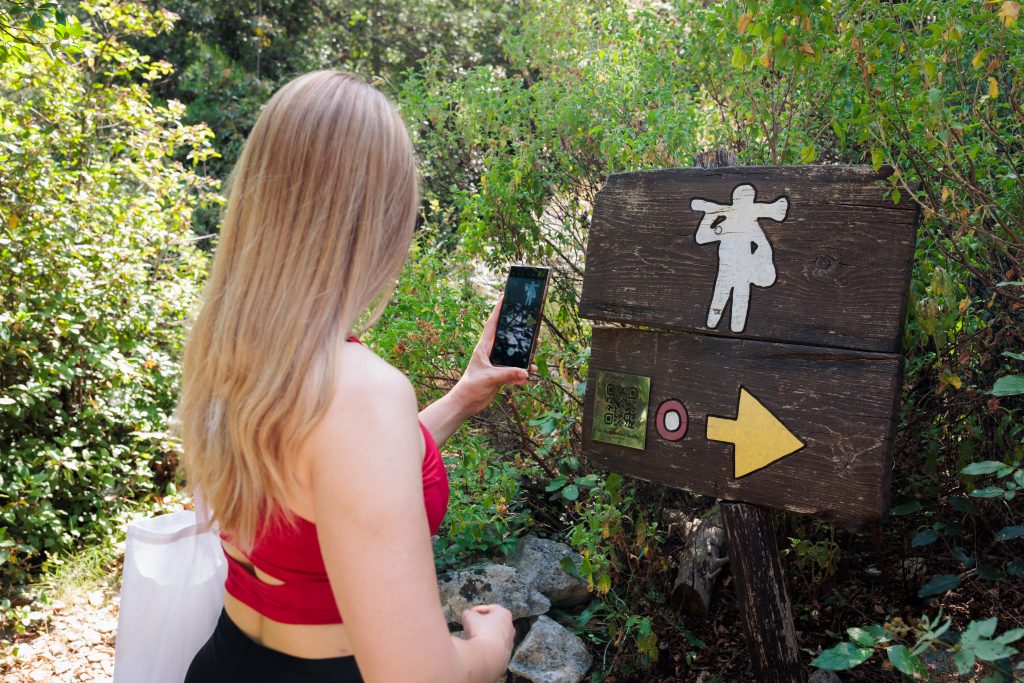
For a complete experience, we can use our phone cameras as a mobile time machine, and step back into an age long gone by. The Supetar Tourist Board created a presentation of real historical events through 3D characters, objects and attractive animations using AI technology. This showcases the process of quarrying and the poor slaves who painstakingly laboured there, as well as the soldiers who controlled and commanded them. That isn’t all, either – so make sure to try it out!
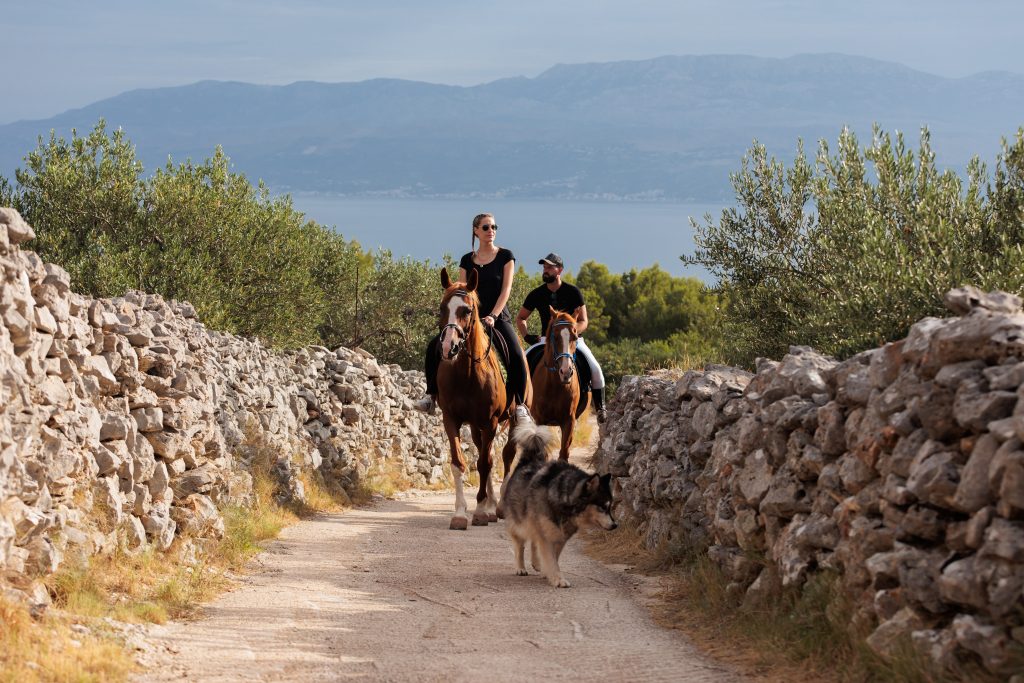
The path to liquid gold – Did you know that there are about a million olive trees growing on the island of Brač today? This gorgeous island is actually considered the largest olive growing area in the entire country! We’ll learn everything about the island’s prized liquid gold during a walk along the Maslinovi puti (Olive paths) pedestrian path, which begins in the quiet, picturesque town of Mirca.

A five kilometre circular path will lead us through ancient and stunning olive groves which continue to grow and produce fruit above the village, all the way to Prihod – the old irrigation system, which has played a vital role in Mirca’s history since ancient times (water was transported from these reservoirs to the village in barrels or in pails that the women then carried on their heads!)
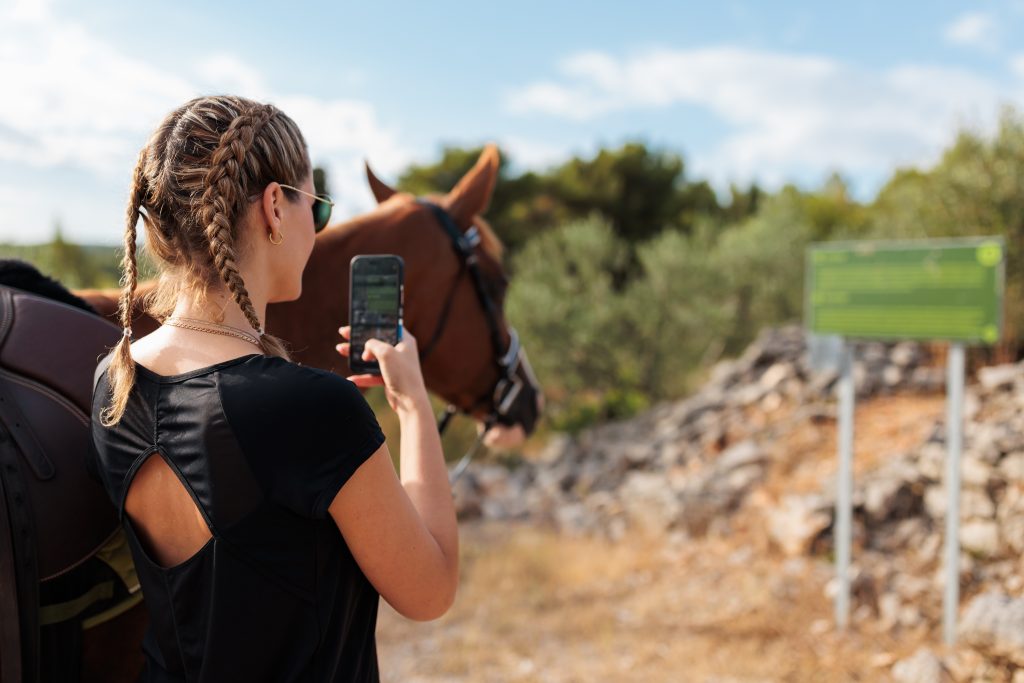
When walking along Maslinovi puti, guided by the trail’s markings, we’ll gain more knowledge about the tradition of olive oil production and the dominant and autochthonous types of olives (oblica, buhavica and levantinka). We’ll also get better acquainted with the timeless and beautiful construction of Brač’s iconic dry walls.

This thematic trail does very well in resisting the woes of seasonality. It can be enjoyed all year round for a bit of recreation and relaxation out in the fresh air. An additional bonus also lies in the fact that the Supetar Tourist Board has further refined its offer with the Olive Trek web application (app), which offers a unique stroll and tour of the area’s breathtaking olive groves using modern technology.

It offers a detailed display of digital trails – revealing their length, terrain and altitude, as well as giving an accurate insight into the average duration of any given tour! In addition to finding out the necessary information through the description, we can see old olive mills, oysters and presses, and take photos using phone cameras.

The sculptor who refused to be forgotten – Supetar is the home of one great artist, hedonist, joker, and carnival lover… you guessed it, it’s the iconic Ivan Rendić, who, according to his namesake (who was also a virtuoso in the sculpting world), Ivan Meštrović, incited a real thirst for sculpting among local artists. The Supetar Tourist Board and the National Library of Supetar decided to honour the unforgettable Ivan Rendić and his greatness in the way he deserved. They designed and marked out a thematic trail called “A Cultural Walk with Rendić”.

The trail highlights significant points in Rendić’s life, which are uncannily and rather incredibly synchronous with the important points of this town itself. Along this line, it’s enough to mention the area of Vrdolac in the immediate vicinity of the sculptor’s house, which, along with Glavica and Varoš, forms Supetar lifeblood. It’s where life for this town once began and from where it eventually descended down towards the shoreline.

Gustirne played a particularly important role in the sculptor’s upbringing, as well as in the life of Supetar. We can reach them by taking a leisurely stroll as part of this themed trail – Gustirne are old wells in which rainwater from the nearby drip tray accumulated, and this way of collecting water was once Supetar’s way of life. It’s the place where all of the town’s secrets and gossip were discussed, as well as where various goods and dishes were washed. This water was warmed up and then used for everyday life.
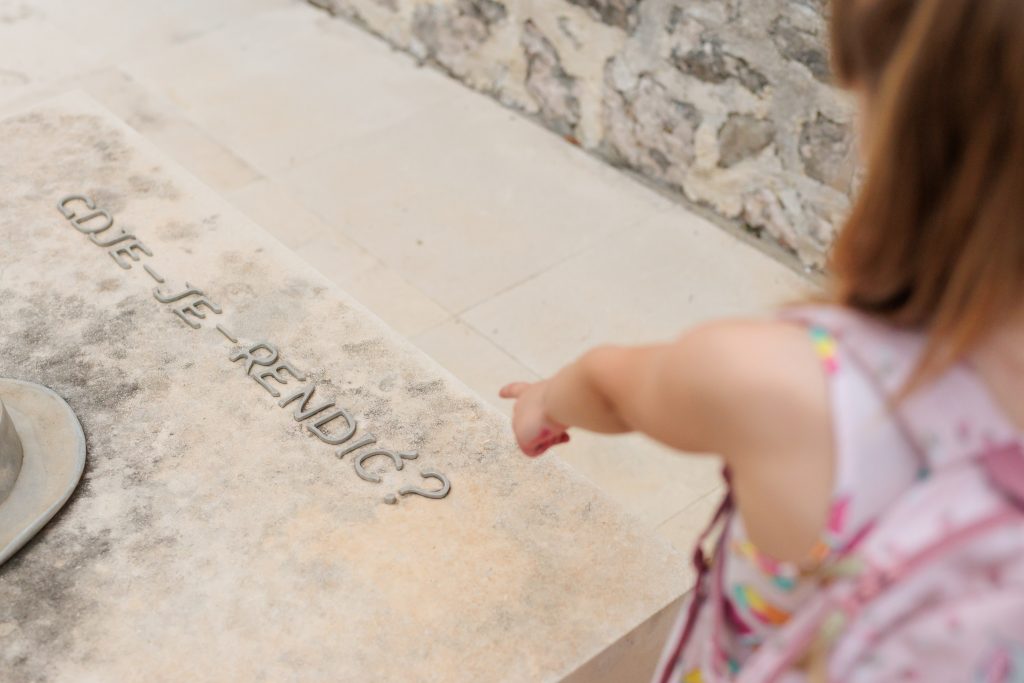
We particularly enjoyed the crescendo of this walk, and we have no doubt at all that the sculptor himself – a proven slapstick master – would have equally liked it.
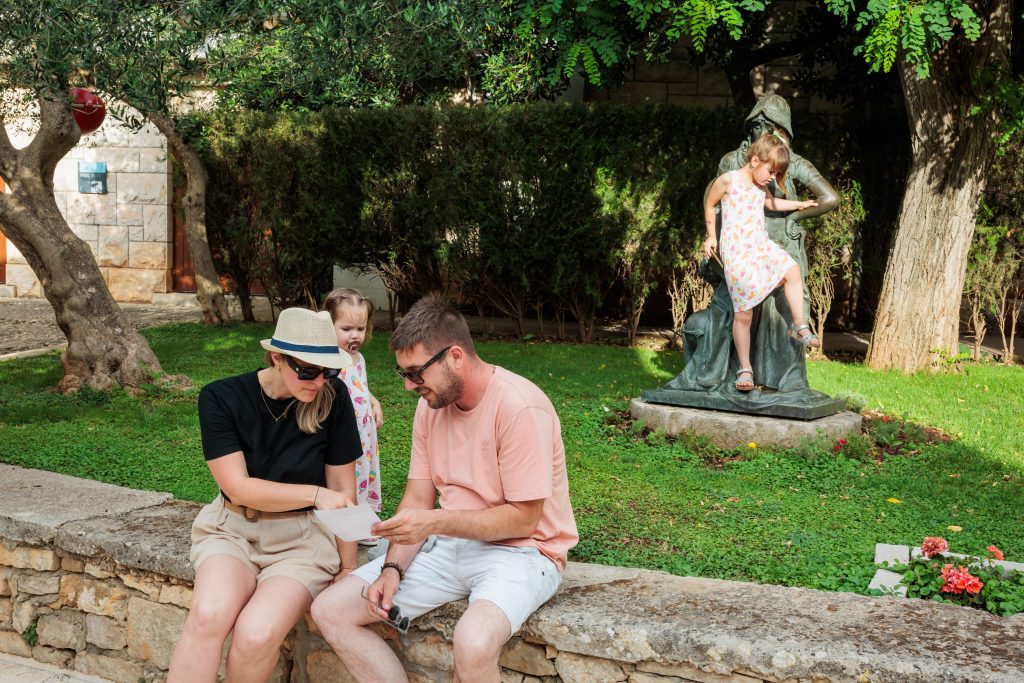
With the help of AI (in this case we’re talking about augmented reality), the sculptor himself appears on the screen of the device, instructing the user to wander through Supetar’s cemetery, which is full of his beautiful monuments. As he directs you to the cemetery, he’ll use his legendary sentence: “Where’s Rendić?”, before he appears at his very own final resting place there.
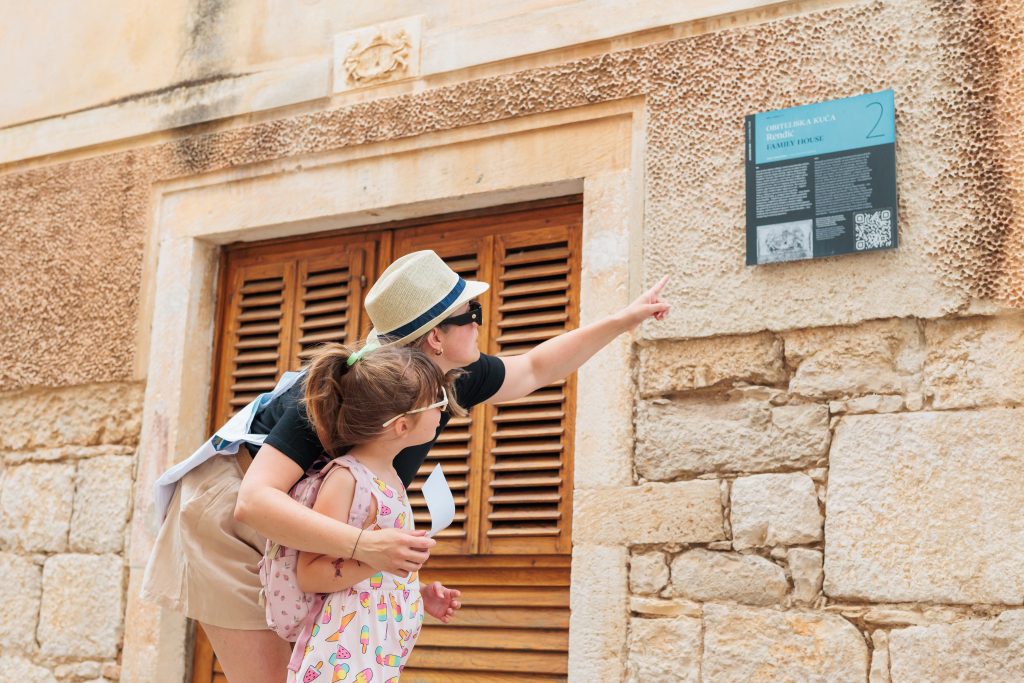
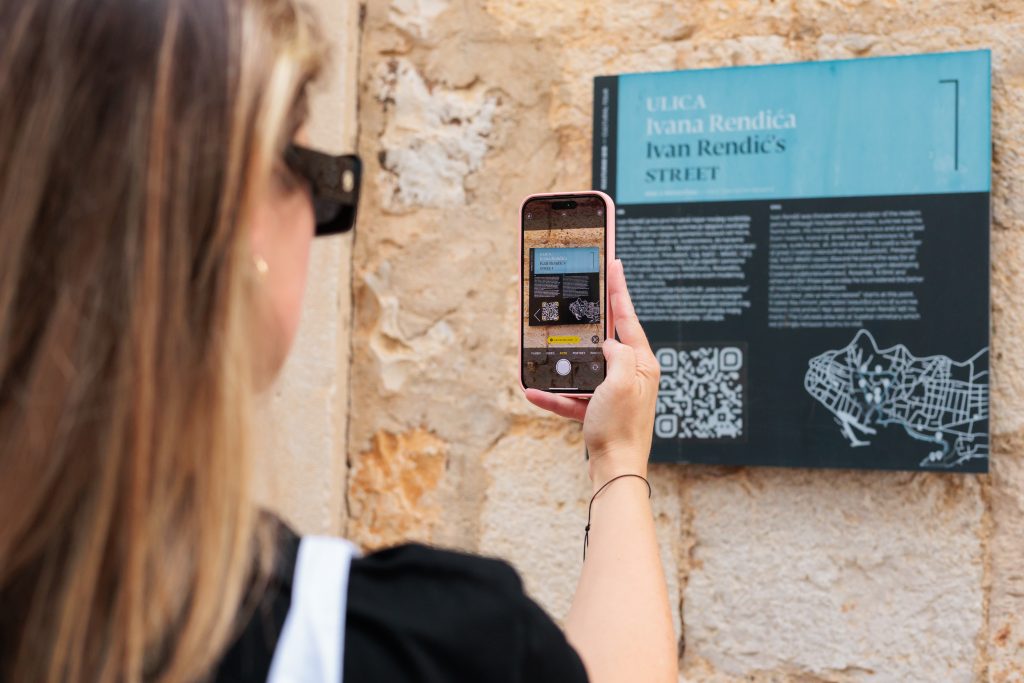
Maybe the real Ivan Rendić would be surprised by modern technology for a brief moment, but that would soon be overtaken by his amusement that, just like some sort of witty trick that he was prone to during his life, he’d managed to come to life on the screen of your phone. Naturally, he secured a place in the hearts of his fellow citizens a very long time ago.
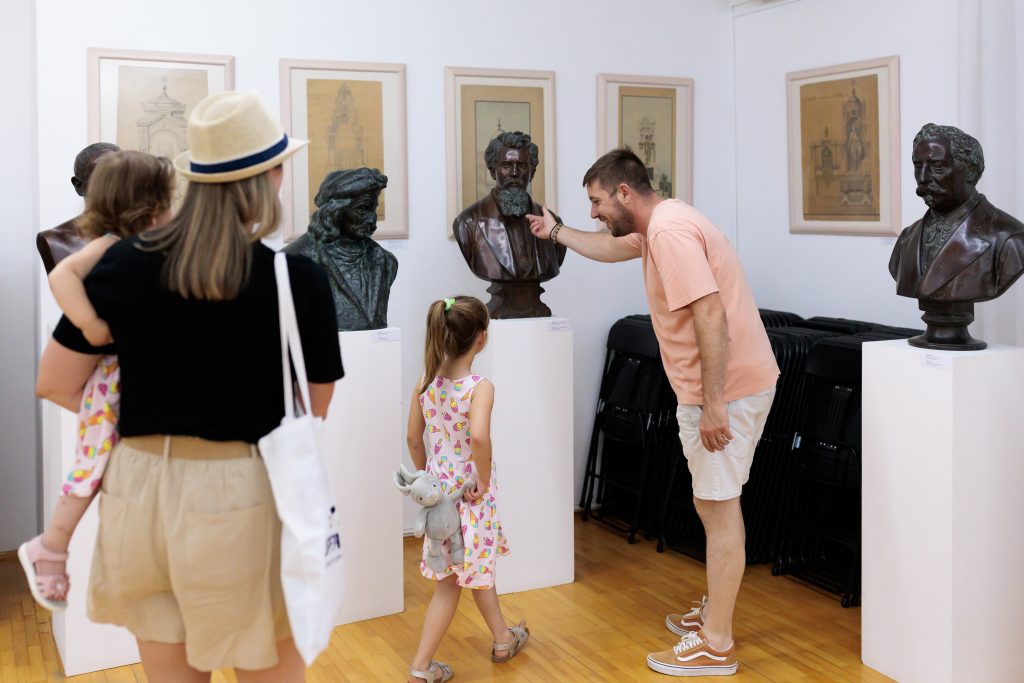
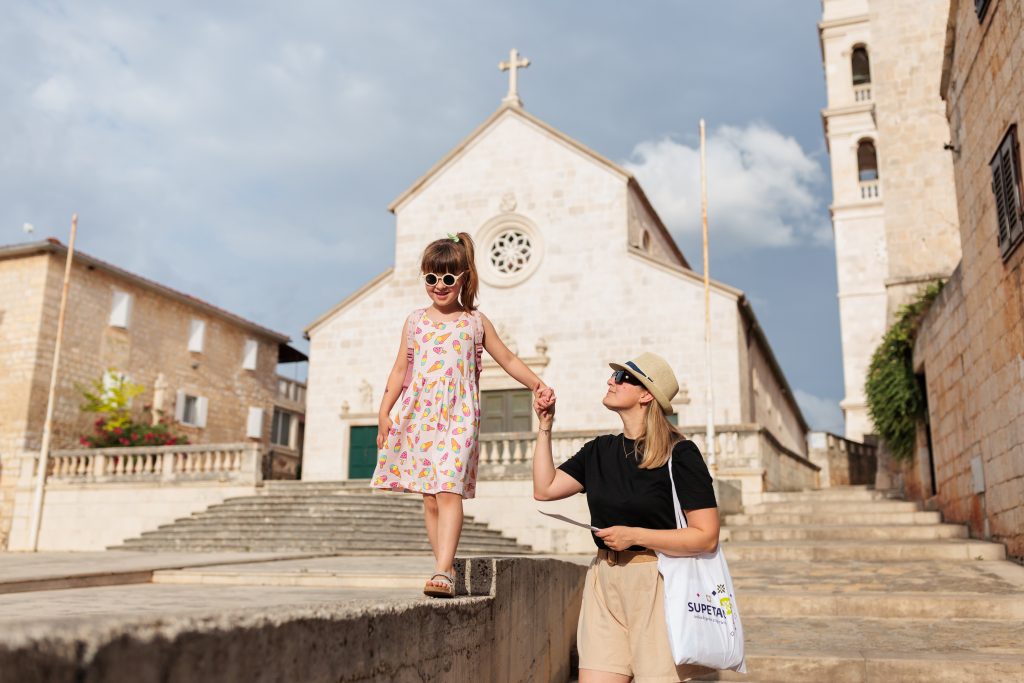
A place that abounds in poetic beauty – You know what they say – that you should leave the best till last. We’ve done precisely that. Last but by no means least, we’ll take the path that leads us through a quaint village occupied by olive growers and farmers. Although the name Mirca comes from the Latin word murus (wall), its association in the modern day for most is with exactly what this area abounds in, and in truly incredible quantities – idyllic peace.

“Peace enters me, because this is a suburb of silence…” – penned the great Tin Ujević back in 1929. His own heritage hailed from the island of Brač on his mother’s side. His literary work entitled “Discovering Mirca” was the foundation and basis for designing this thematic walking trail, and the Supetar Tourist Board’s wish for this particular path was for everyone who takes it to learn about Mirca’s interesting history along with a pleasant walk.
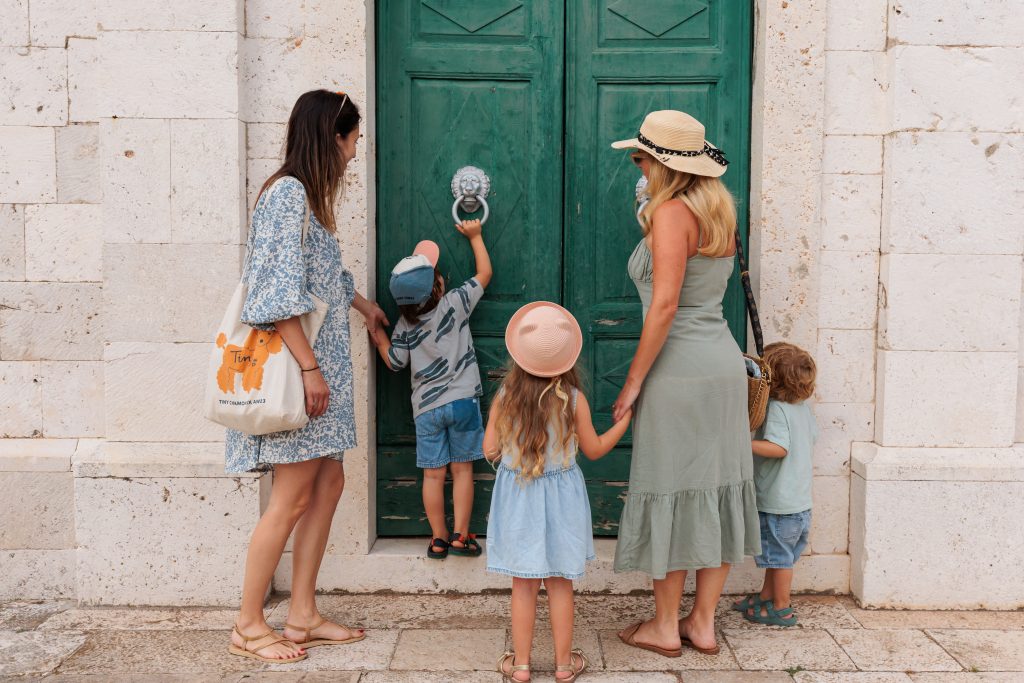
We’ll be more than glad to follow the approximately five-kilometre-long trail and learn more thanks to the seventeen information boards which tell us more about Mirca’s history, cultural sights and interesting scenes from the long life of this beautiful place, all while admiring its insurmountable poetic beauty. Mirca’s characteristic Dalmatian construction of old stone houses in Mutne kale, the beautiful and ancient dry-stone walls and mulberry trees are all a joy for the eyes. To be frank, the only negative is that it might make you regret not coming back in spring, when (believe it or not) Mirca takes on even more of a gorgeous look with its colourful almond blossoms.



On this occasion, it’s important to understand one thing and one thing only – Supetar has scheduled a rendezvous for us with the beauty that has inspired artists, and we, falling in love again and again, will never refuse to take it up on the offer!
More: www.supetar.hr
Photo: TB Supetar, Marko Lorenzo Blaslov
This post is also available in: Croatian
